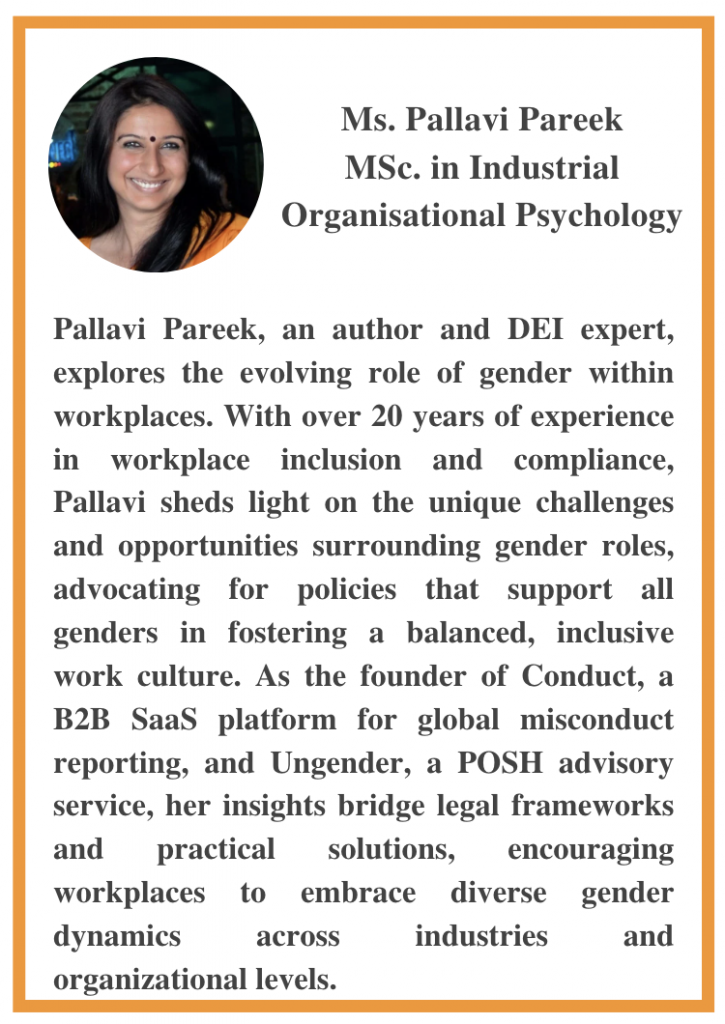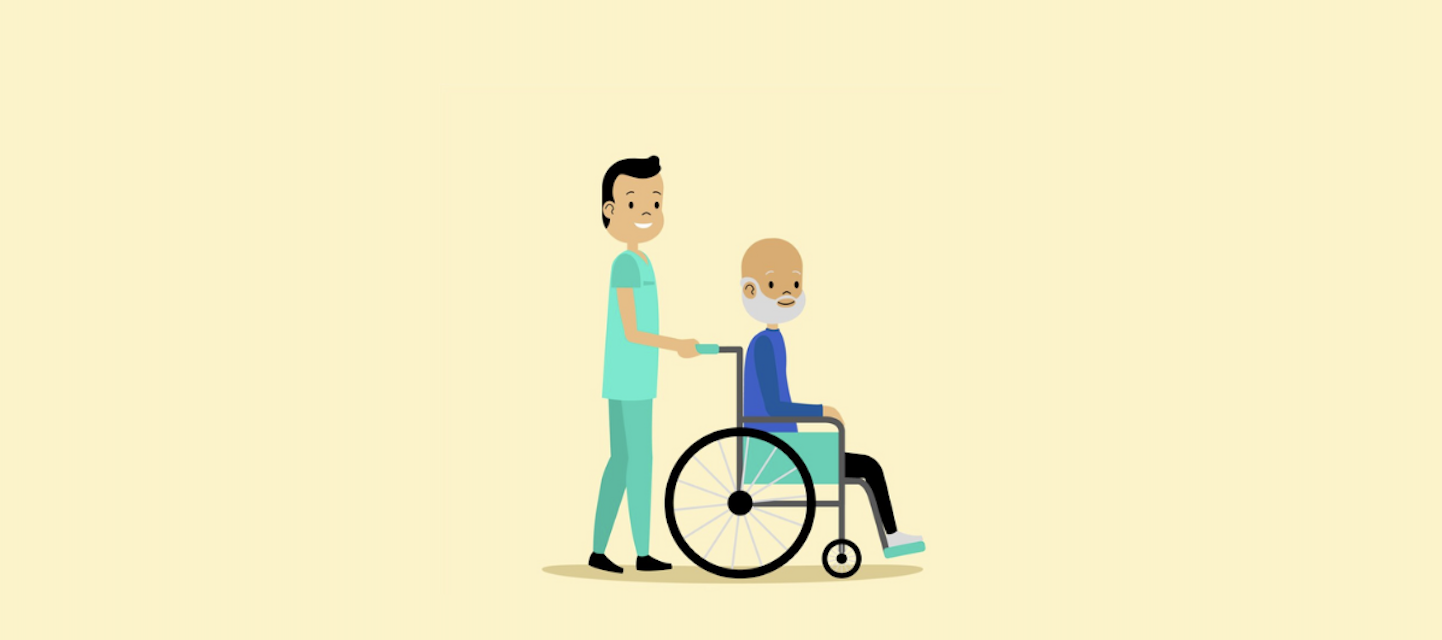“Beta, teaching is a woman’s job. Why don’t you pursue engineering instead?” This was
what Rajesh Krishnan heard from his relatives when he announced his decision to become a primary school teacher.
Today, after eight years of teaching, he’s not just educating third-graders – he’s challenging deep-rooted biases as he believes his examples are more inclusive and representative of the inclusive education he intends his students to get.
A male nurse in Delhi says, “Ma’am, everyone talks about breaking the glass ceiling, but we
rarely discuss the glass walls that keep men out of caring professions.” This insight captures the complex challenge we face in Indian workplaces today, where women occupy only 18% of healthcare leadership roles, yet men face significant barriers entering nursing and primary care functions at 20%.
Praveen Kumar, a male nurse at a government hospital, shares a touching incident that
affirmed his career choice: “I was attending to an elderly male patient who was initially hesitant to seek help. When he saw me, his eyes lit up. He confided, ‘Beta, I’ve been putting off coming to the hospital because I do not feel comfortable when I have a female caring for me. Having you here makes it easier.’ That moment made me realize that we’re not just breaking stereotypes – we’re filling a genuine need and gap in healthcare.
The education sector tells an equally compelling story. In my work with schools across India, I’ve seen how the POCSO implementation, while crucial for child safety, has inadvertently reinforced gender stereotypes. A school principal admitted, “We’re more hesitant to hire male teachers now, not because of their qualifications, but because of perceived risks.” Research shows this bias is reflected in numbers – while primary schools have 75-84 female teachers per 100 male teachers, the ratio becomes even more skewed in early childhood education.
Mohammad Imran, a kindergarten teacher in Bhopal, faces these challenges daily. “Initially, parents would question if I could handle young children with the same patience as female teachers,” he shares. “Six years later, those same parents tell me how their children have blossomed under my guidance. Children need diverse role models – they need to see that caring and nurturing aren’t gender-specific traits. And what kind of education are we giving them if we show them a professional gender divide from such a young age?”
The COVID-19 pandemic brought unexpected shifts in these perceptions. As one hospital administrator told me, “The pandemic didn’t care about gender – it cared about competence. At that point, patients and families were just grateful that they had care, gender did not matter.”
My work in rural education sectors has exposed another layer of complexity. During community engagement programs, I frequently encounter parents who express strong preferences for female teachers, especially for girls’ education. What troubles me isn’t just this preference, but its underlying assumption – a generalized perception of men as potential threats rather than potential mentors.
Breaking these stereotypes isn’t just about professional opportunities – it’s about enriching our collective capacity to care and be cared for. When we pigeonhole certain genders into or out of caring roles, we don’t just limit career choices; we limit human connection. A male nurse’s gentleness can help reshape a boy’s understanding of masculinity. A female surgeon’s authority can expand a girl’s horizons. A male kindergarten teacher’s nurturing presence can heal generational trauma around father figures.
The future of care professions must transcend gender binaries to truly serve our diverse
human needs. In healthcare, education, counseling, and every caring profession, we need the full spectrum of human experience and perspective. This isn’t about diversity statistics – it’s about creating spaces where every patient can find comfort, every student can find inspiration, and every person seeking help can find understanding.
“When my students see me being both strong and gentle, both firm and nurturing, they learn that these qualities belong to no single gender,” reflects Imran. In a world where trauma, healing, learning, and growth know no gender, why should our caregivers be restricted by it?
About the Author


